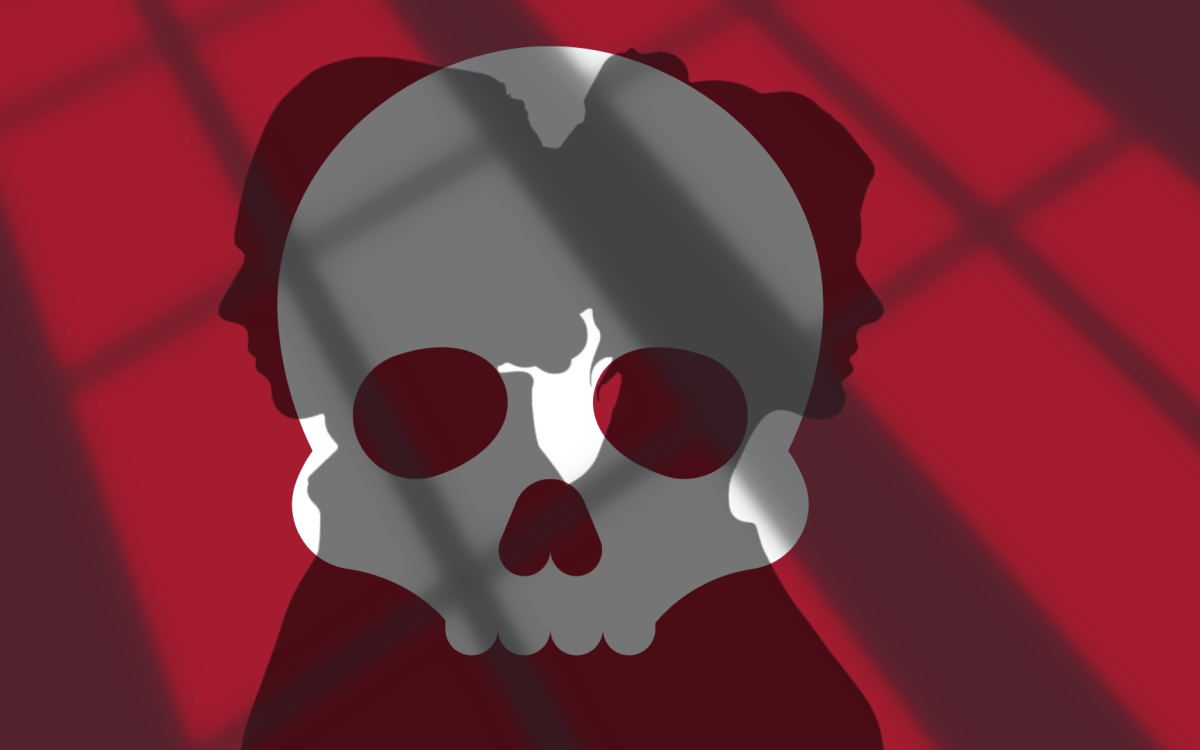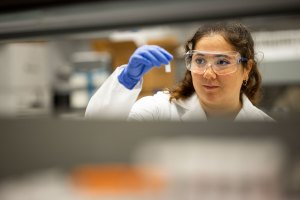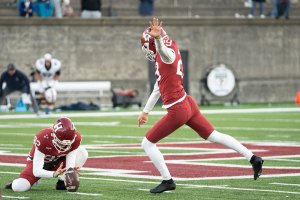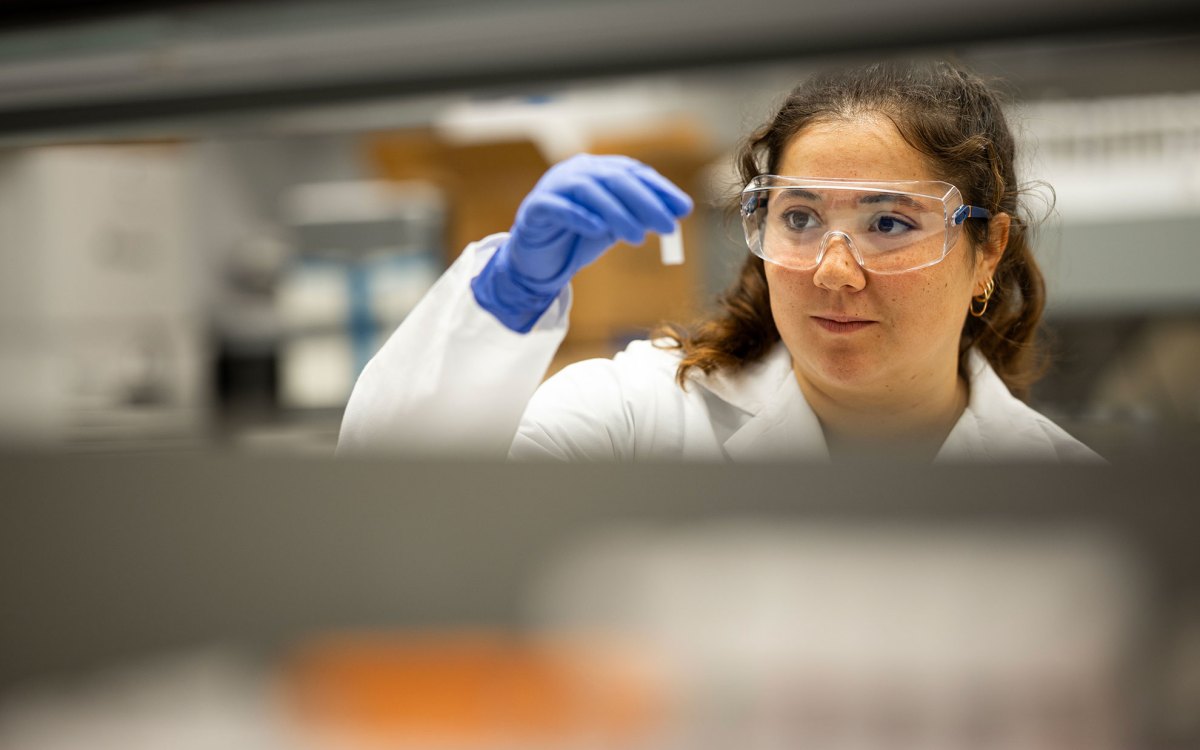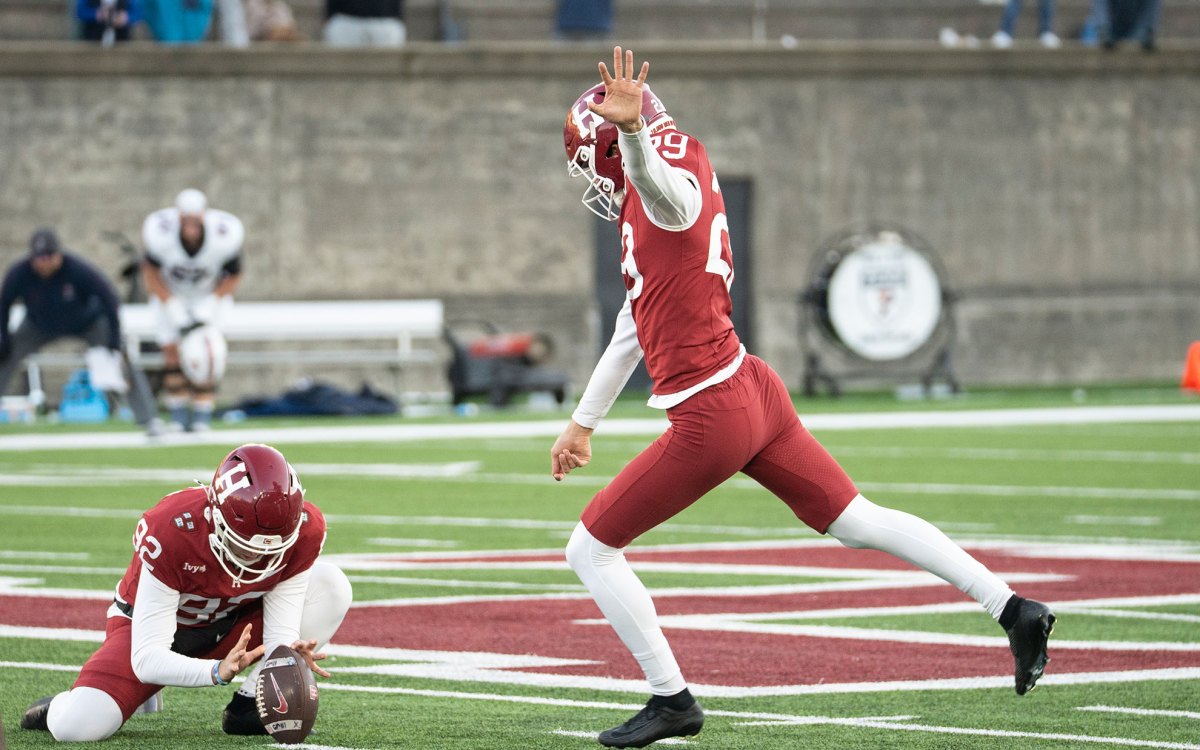Video/Production – Ned Brown
Case Method
Todd Rakoff
Byrne Professor of Administrative Law, Harvard Law School
On Aug. 31, I started my contracts class by calling on a hapless first-year student to recite the facts of the first case in the book. In doing so, I was following what my predecessors have done for almost 150 years, since Christopher Columbus Langdell, the Dane Professor of Law at Harvard University, published the first casebook: “A Selection of Cases on the Law of Contracts.”
The revolution that Langdell began in 1871 has now become the standard procedure of all law schools — so much so that it is sometimes hard to remember how great its impact is. But teaching the law by analysis of judicial opinions — the Law School case method — is entirely different from teaching by lecture or through textbooks.
Law students work from the same materials that professional lawyers use. They work from the particular facts to general principles and back again. They study opinions that, being the product of controversy, invite controversy. And the work of putting the cases together so they make sense is work that Langdell, and all of us who follow him, expected the students to do.
This is education that is active, skill developing, and, in the hands of its master practitioners, exhilarating. It has had influence far beyond its home ground, inspiring, for example, the case method that has become the standard form in business schools.
Of course, Langdell’s method is also old. It is a tribute that it has survived so intact; it is not surprising that it does not answer all the needs of modern legal education. In an age in which most new law comes from the legislature or administrative agencies, it overemphasizes the courts. In an age in which lawyers mediate and arbitrate, draft and negotiate, lobby and monitor regulatory compliance, it overemphasizes litigating.
The Law School is addressing these needs — we now have a required first-year course in legislation and regulation, and a required first-year problem-solving workshop — and we hope that here, too, we are setting the pattern for legal education.
